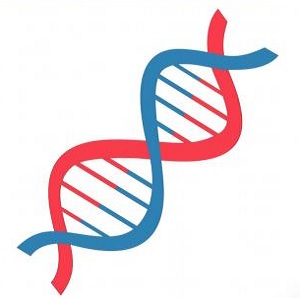The Involvement of the Glutaredoxin and Thioredoxin systems of Escherichia coli in Cellular Function and Metabolism as Revealed by Classical Biochemistry and Modern Methods of High-Performance Biomolecular Analysis
“GluTrxomics”
The main goal of this proposal is the delineation of the role of the glutaredoxin and thioredoxin systems in the cellular functions and metabolism of Escherichia coli (E. coli). The two systems were discovered in the 70s with many functions being attributed to them. In recent times however, there is an increasing drift of interest to the mammalian systems with the prokaryotic cells not being analyzed as much. Even then, analysis in eukaryotes has been largely limited to the interaction of glutaredoxins and thioredoxins with specific proteins in the quest for their roles in specific functions. Modern methods such as high sensitivity proteomic and metabolomic analyses have not been employed extensively. Therefore, many functions have been described for the two systems but without an integrated description of their participation in cellular life. The emerging concept of oxidizing stress as a possible antimicrobial strategy has given rise to the quest for antibacterials that can block the redox of electrons via thiols, the mechanism with which thioredoxins and glutaredoxins work. This proposal aims at using classical and modern methods to clarify the role of glutaredoxins and thioredoxins in the cellular function and metabolism of E. coli. For this to happen, the proposal has the following objectives:
- Identification of glutaredoxin substrates and construction of interaction networks (interactomes).
- Characterization of biochemical interactions between glutaredoxins and substrates.
- The contribution of glutaredoxin and thioredoxin systems to cellular metabolism as proposed by proteomics and metabolomics of the wild-type strain and relative null mutants.
The long-term challenge/innovation of this proposal is to pinpoint novel fine points in bacterial redox metabolism that could be used for therapeutic intervention.
